26 F. average high on December 17.
33 F. high on December 17, 2013.
December 18, 1922: Heat wave across southern Minnesota. Temperatures rose into the 60's at New Ulm and St. Peter.
December 18, 1917: Milaca had its fifty-ninth consecutive day with no precipitation.
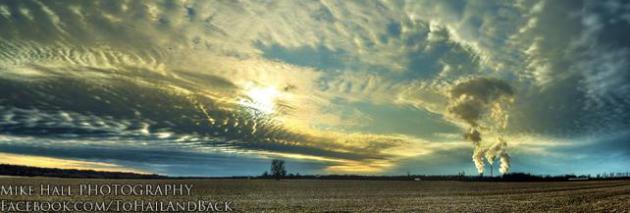
Tough Sledding
Abe Lincoln was right - it's impossible pleasing all the people all the time. Don't even bother trying. Good news for commuters is a tough sell for skiers and anyone trying to fire up a snowmobile.
At a recent Christmas party a friend pulled me aside. "Paul, what are the local TV meteorologists thinking? They're calling green lawns, fog and 50 degrees in December good news. This is NOT what Minnesota is supposed to look like in late December. Where's the snow? Stop the insanity!"
I feel your pain, Jim.
El Nino tends to detour the biggest Pacific storms south and east of Minnesota. El Nino winters are usually stormier than average from Los Angeles, Dallas, and Atlanta to New York and Boston - but drier/milder/quieter for much of the Upper Midwest. El Nino is still kicking in, and I'm seeing early symptoms on the weather maps.
The whopping inch of snow in your yard will probably melt over the weekend with highs in the 30s; a rain/snow mix on Monday - but no major storms in sight here, just a much colder surge in about 8 days.
St. Thomas climate scientist John Abraham predicts 2014 will be the warmest year, worldwide, on record; even warmer than 1998, 2005 and 2010.
* Photo above: Mike Hall.
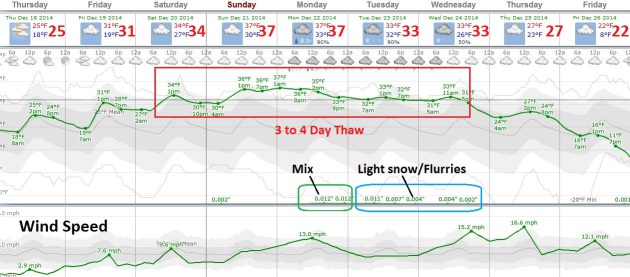
Weekend Thaw. Temperatures climb into the mid 20s today to near freezing tomorrow, but we should see 3-4 days with temperatures (mostly) above 32F from Saturday into Tuesday of next week. A light mix Monday gives way to light snow and flurries Tuesday into Christmas Eve. White Christmas? We'll be lucky to have an inch of snow on the ground by next Thursday.
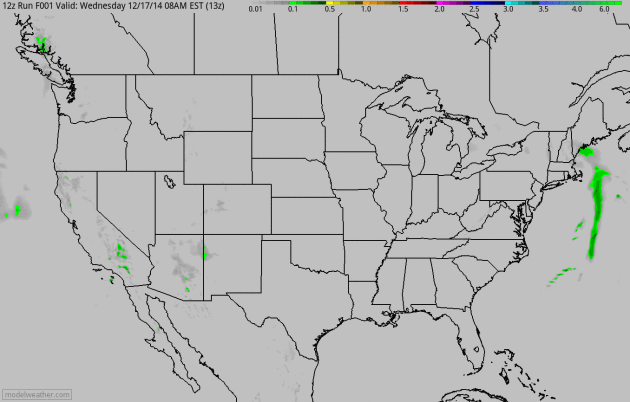
60-Hour Accumulated Precipitation. A streak of light snow pushes across Kansas into Missouri today, while the next sloppy front pushes onto the west coast, sparking more (minor) flooding problems across California. Animation: NOAA and HAMweather.
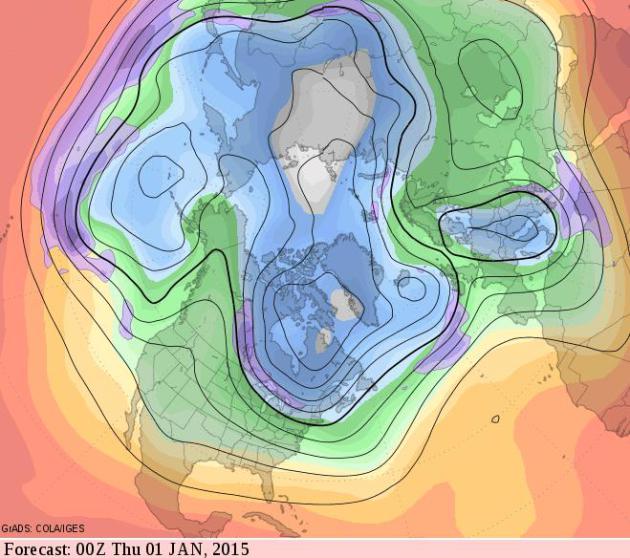
A Numbing New Year? Our westerly wind flow aloft takes a turn to the northwest by the end of 2014, setting the stage for a spell of days in the teens and single digits, nights dipping below zero. Historically January is the coldest month of the year, and 2015 will probably be no exception. Graphic: GrADS:COLA/IGES.
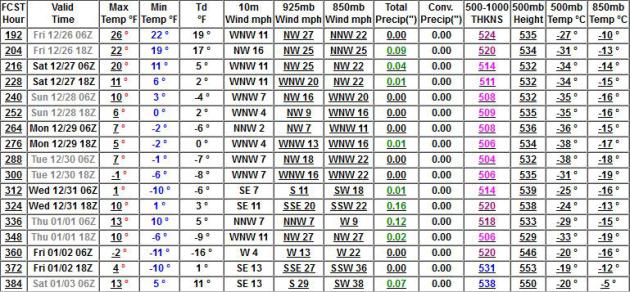
Reality Check. GFS numbers show highs in the teens and single digits the last few days of December, spilling over into the first week of January. Not exactly polar-vortex-cold, but it should get our attention.
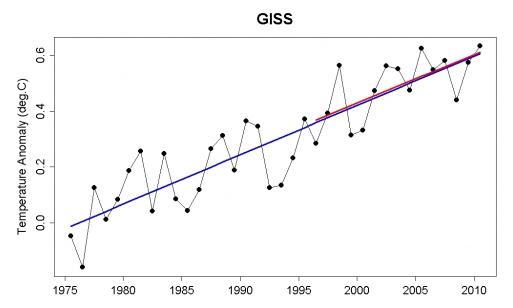
2014 Will Be The Hottest Year On Record. This news comes from Dr. John Abraham, a climate scientist at St. Thomas, via a story at The Guardian. Here's the intro: "For those of us fixated on whether 2014 will be the hottest year on record, the results are in. At least, we know enough that we can make the call. According the global data from NOAA, 2014 will be the hottest year ever recorded. I can make this pronouncement even before the end of the year because each month, I collect daily global average temperatures. So far, December is running about 0.5°C above the average..."


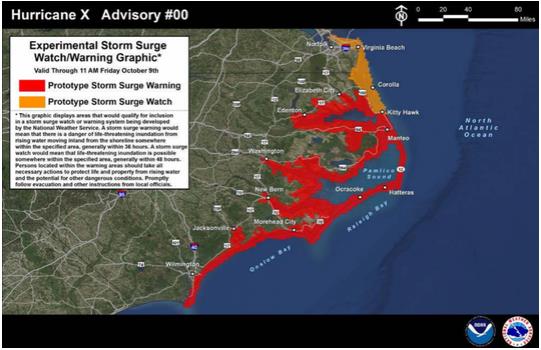
Map credit above: "A prototype of the new hurricane storm surge watch and warning graphic to be issued by the National Hurricane Center beginning in 2015. Red indicates areas under a storm surge warning, and orange indicates areas under a storm surge watch." (NOAA/NHC).

Graphic credit above: "A set of eight satellites - each abou tthe size of a microwave oven - will launch in 2016 and provide scientists unprecedented information about the formation and evolution of hurricanes." Image credit: Aaron Ridley.

Photo credit above: "A man wearing mask visits Jingshan Park in the haze on February 24, 2014, in Beijing, China. Altogether 1.43 million sq km of China's land territory, nearly 15 percent of the total, have been covered by persistent smog in recent days, according to news report." (Photo by ChinaFotoPress/Getty Images).
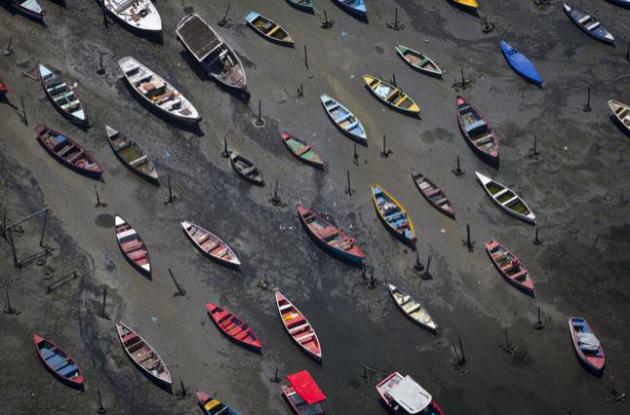
File photo above: "In this Nov. 19, 2013 file photo, small boats sit on the polluted shore of Guanabara Bay in the suburb of Sao Goncalo, across the bay from Rio de Janeiro, Brazil. A drug-resistant “super bacteria” that’s normally found in hospitals and is notoriously difficult to treat has been discovered in the waters where Rio de Janeiro’s Olympic sailing events will be held, scientists with Brazil's most respected health research institute said Monday, Dec. 15, 2014." (AP Photo/Felipe Dana, File).

Denmark Claims The North Pole? Not to hold Santa hostage, it seems, but for all the oily wealth under the (shrinking) ice cap. Here's an excerpt from Quartz: "...The race for ownership of the North Pole is hotting up.
After 12 years and $50 million of research, Denmark has surveyed the
2,000-kilometer-long underwater mountain range that runs north of
Siberia and concluded that it is geologically attached to Greenland,
the huge autonomous territory that, along with the Faroe Islands, is
controlled by Denmark. (Denmark’s broader strategy on the Arctic can be
found here. (pdf))..."

The Top 10 Things You Can't Have for Christmas 2014. Check out Gizmag's list of decadent options, including a hurricane-proof tent that will make you the envy of your peers during the next BWCA camping trip: "...While it may amount to spare change compared to many of the other items on this list, €4,999.00 (US$6,730) still seems like quite an outlay for a tent. Designed specifically for the Red Bull Storm Chase windsurfing competition, Heimplanet's 10-person Mavericks geodesic inflatable expedition tent can cop winds of up to 112 mph (180 km/h) while campers dance about (read huddle with fear) in its spacious 142 sq ft (13 sq m) interior..."
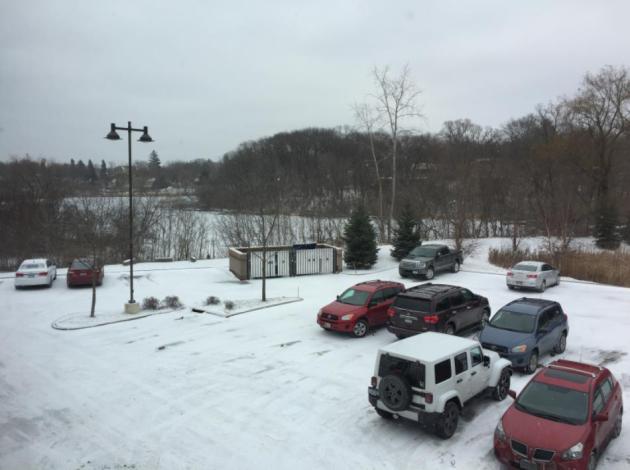
TODAY: Intervals of sun, light winds. Winds: S 5. High: 25
THURSDAY NIGHT: Patchy clouds, not as cold. Low: 21
FRIDAY: Mostly cloudy and milder. High: 31
SATURDAY: More clouds and fog. PM thaw. Wake-up: 25. High: 34
SUNDAY: Winter solstice. Shortest daylight. Clouds, fog and mist lingers. Wake-up: 30. High: 37
MONDAY: Light mix, mainly wet roads. Wake-up: 32. High: 36
TUESDAY: Light snow, coating to 1 inch? Wake-up: 29. High: 33
CHRISTMAS EVE: Windy with flurries, wind chills dipping into the teens. Wake-up: 27. High: 29
Climate Stories....
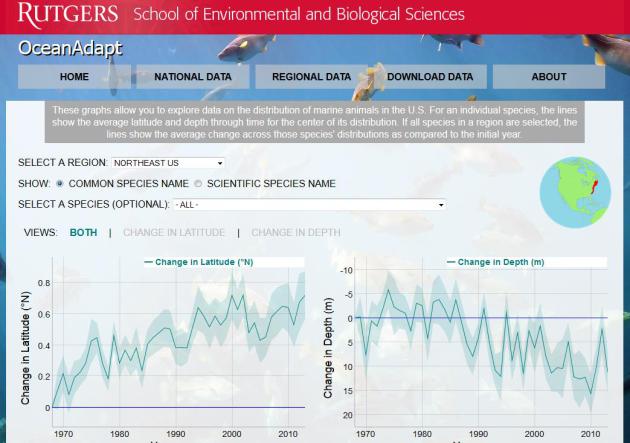
.jpg)
Research Eyes Global Warming - Extreme Weather Links. Here's a clip from a story at Summit County Citizens Voice: "...But decision makers need to appreciate the influence of global warming on extreme climate and weather events. “If we look over the last decade in the United States, there have been more than 70 events that have each caused at least $1 billion in damage, and a number of those have been considerably more costly,” said Diffenbaugh. “Understanding whether the probability of those high-impact events has changed can help us to plan for future extreme events, and to value the costs and benefits of avoiding future global warming.”
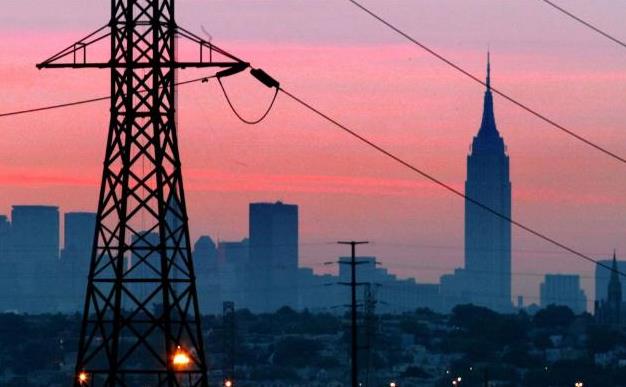
.jpg)
Most Americans Are Clueless About How Climate Change Will Affect Their Health. Here's a snippet from a Grist article that made me do a double-take: "...Even many respondents who recognized that climate change poses health threats didn’t understand which threats were likely to affect American communities in the next 10 years. For example:
- Allergies? Correct answer: yes. Percent who said yes: 38%
- Asthma? Correct answer: yes. Percent who said yes: 37%
- Heat stroke? Correct answer: yes. Percent who said yes: 36%
- The flu? Correct answer: no. Percent who said yes: 29%
- Depression? Correct answer: yes. Percent who said yes: 26%
- Ebola? Correct answer: no. Percent who said yes: 22%..."

Graphic credit: "Temperature anomalies across Europe for the year from January-November, as compared to the 1981-2010 average."
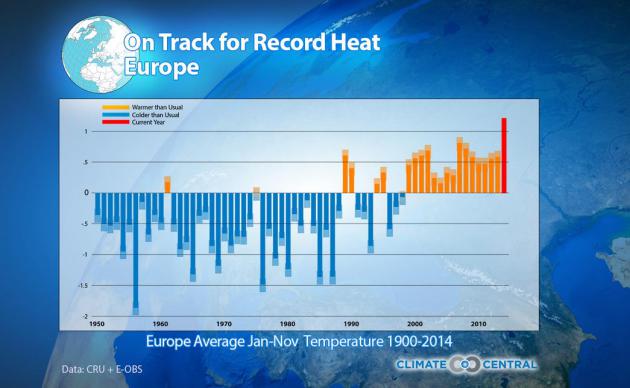
If You Don't Accept That Climate Change Is Real, You're Not a Skeptic. You're A Denier. Here's an excerpt from a story at Slate: "...Skepticism is all about critical examination, evidence-based scientific inquiry, and the use of reason in examining controversial claims. Those who flatly deny the results of climate science do not partake in any of the above. They base their conclusions on a priori convictions. Theirs is an ideological conviction—the opposite of skepticism..."

Earth's Future? Ancient Warming Gives Ominous Peek at Climate Change.
Again, it's the rate of carbon release into the atmosphere that is
historic and problematic. Here's an excerpt from a story at NBC News: "...The
rate at which carbon was being released leading up to the PETM was
pretty close to the rate being released now, which is 20.9 trillion
pounds (9.5 petagrams) per year, the researchers found. "We are doing
some crazy things with the carbon cycle," Bowen says. "Carbon naturally
moves back and forth between rocks and the atmosphere at a steady slow
rate. What we are doing by burning fossil fuels is accelerating the pace
by about 30 times over the natural rate..."
.jpg)
The Lima Climate Deal Is Largely Voluntary. That May Be Its Biggest Strength. Here's a clip from a story at Vox: "...Victor has long argued
that UN negotiators would never be able to impose a climate plan on
reluctant countries from on high. Instead, any climate deal should work
from the bottom up — start with what countries are actually willing to
do and slowly build from there. And that's essentially taken in these
latest climate talks. It's not enough to avoid drastic global warming — not yet, at least. But it may be a step forward from past gridlock..."

The New Climate Denialism: More Carbon Dioxide Is A Good Thing.
Yes, and while you're at it I'd like an extra serving of mercury and
carcinogins, topped off with a tasty sample of plutonium! Never let
reality get int he way of a good argument. Here's an excerpt from The Washington Post: "...And
though Bezdek is an economist, not a scientist, he played one on Monday
— showing a PowerPoint presentation that documented a tree growing
faster when exposed to more carbon dioxide. “CO2 increases over the past
several decades have increased global greening by about 11 percent,”
the consultant said. Higher carbon levels in the atmosphere will boost
worldwide agricultural productivity by $10 trillion over the next 35
years, he added..."

No comments:
Post a Comment